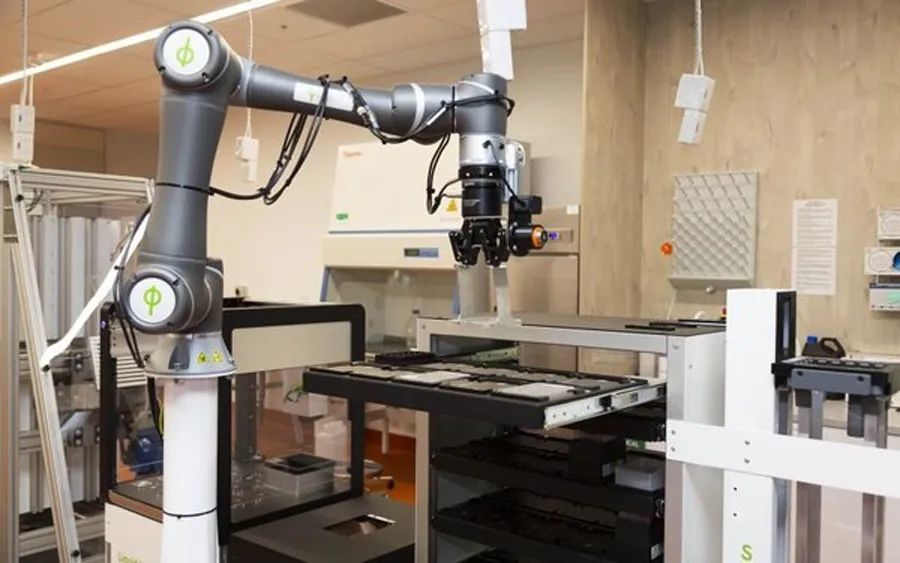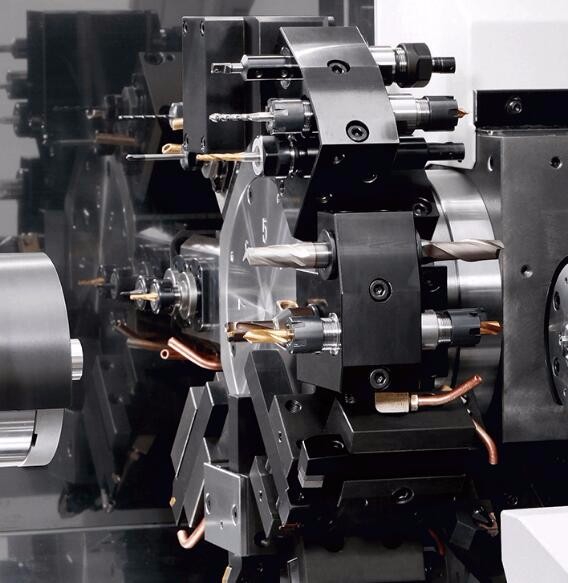Service Hotline
Technical Secrets Protection Measures and the Balance with Patent Protection in Instrument Technology Innovation
Patent Protection in Instrument Technology Innovation
In the field of instrument technology innovation, technical secrets protection and patent protection are two important legal means. They play a crucial role in protecting innovative achievements and maintaining technological leadership. However, there is a certain balance to be struck in the implementation of these two protection methods, which requires a reasonable choice based on specific circumstances. This article will discuss the balance between technical secrets protection and patent protection and explore their application in instrument technology innovation.
two protection methods, which requires a reasonable choice based on specific circumstances. This article will discuss the balance between technical secrets protection and patent protection and explore their application in instrument technology innovation.
Firstly, there are differences in the protection objects between the protection of technical secrets and patent protection. The main object of patent protection is inventions and creations, whose disclosed content has publicity and predictability and can be known and used by the public. On the other hand, the object of technical secret protection is technical information that is not known to the public, whose content is not disclosed and has confidentiality and specificity. Technical secret protection can better protect key technologies in instrument innovation, avoiding them from being acquired and used by competitors. However, technical secret protection has certain limitations, and once it is acquired by competitors through various means, the protection effect of technical secrets will be greatly reduced. In comparison, patent protection has a longer protection period and can be disclosed, which is conducive to the promotion and application of technology. However, patent protection requires a significant investment of time and funds for application and maintenance, which may pose a considerable economic pressure on startups and small and medium-sized enterprises.
Secondly, there are differences in legal effectiveness between the protection of technical secrets and patent protection. The protection of technical secrets is achieved through the conclusion of a confidentiality agreement between the rights holder and the user, which has relatively weak legal effectiveness. Once the contract is terminated or the user violates the confidentiality agreement, it is difficult for the rights holder to pursue their legal liability. On the other hand, patent protection is reviewed and authorized by the National Intellectual Property Administration, which has legal coerciveness. Once the patent right is granted, the rights holder can legally take legal measures to protect their rights and interests. However, patent protection needs to meet certain conditions, such as novelty, creativity, practicality, etc., which to some extent limit the granting of patents. In comparison, the threshold for the protection of technical secrets is lower, and it does not need to meet these conditions, but its legal effectiveness is relatively weak.
In practical applications, the protection of technical secrets and patent protection often need to be combined to achieve the best protection effect. For those technical information that has not been disclosed and has high commercial value, technical secret protection can be given priority to avoid illegal acquisition and use by competitors. At the same time, for those technical achievements with high innovation and practicality, patent protection can be applied for to obtain broader legal protection. In addition, technical secrets can also be kept confidential through contractual agreements to enhance their legal effectiveness. For example, it can be agreed that users shall not use the technical secrets for commercial purposes and shall not disclose them to third parties, etc., to enhance the protection effect of technical secrets.
In the innovation of instrument technology, there is a certain balance between the protection of technical secrets and patent protection, which requires a reasonable choice based on specific circumstances. Both the protection of technical secrets and patent protection have their respective advantages and limitations, and the best protection effect can be achieved by combining their use. At the same time, enterprises need to pay attention to strengthening the awareness of intellectual property protection, establishing and improving the intellectual property management system, in order to enhance their own innovative ability and market competitiveness.
Copyright © 2019-2025 Instrumentation Manufacturer
Addresses: Phone number: E-Mail:

Our Businesses
